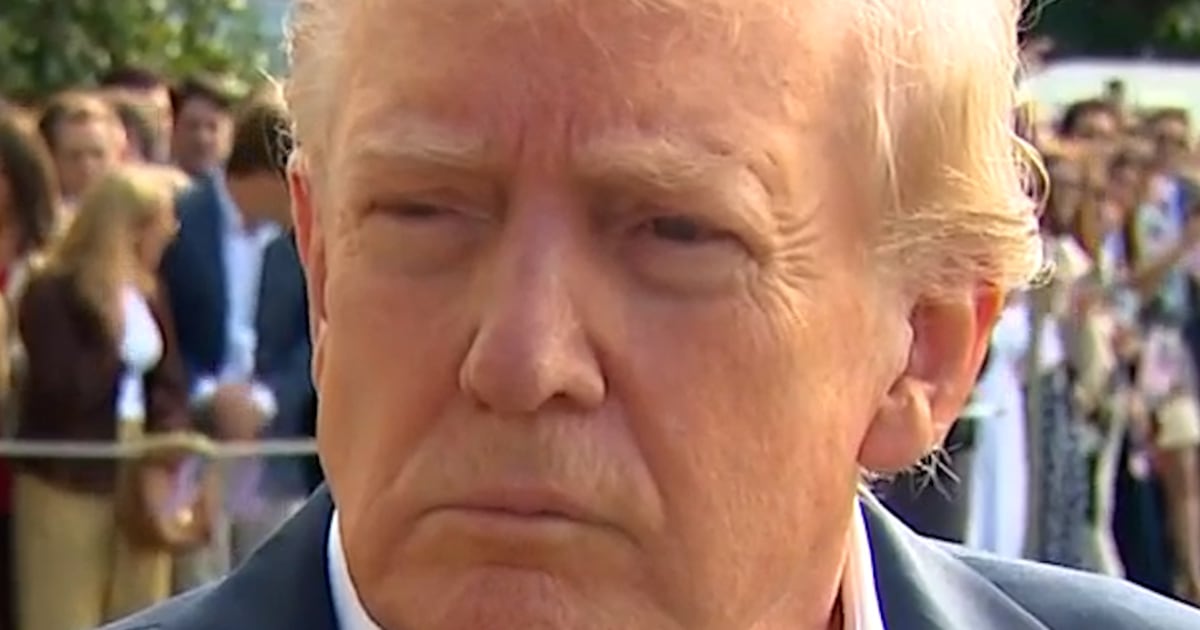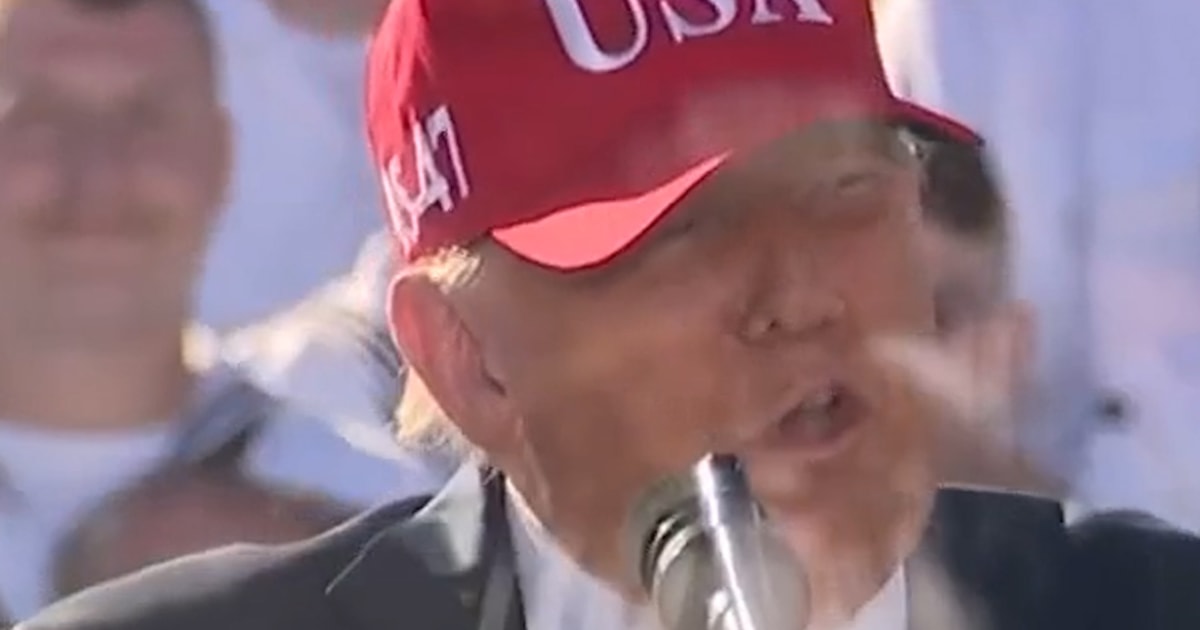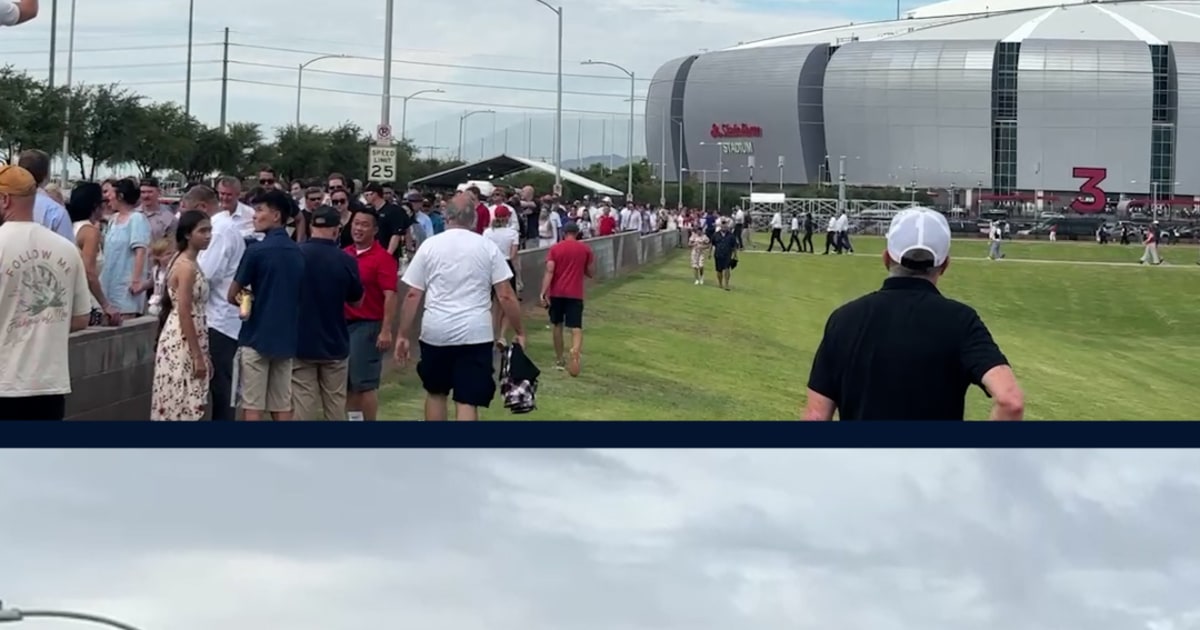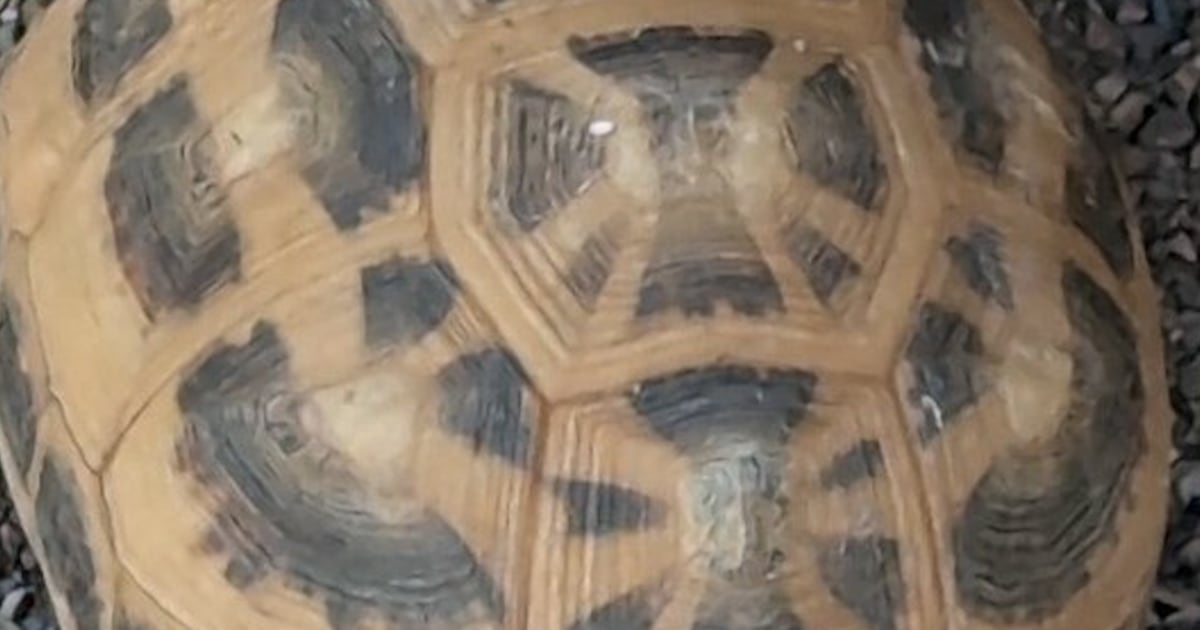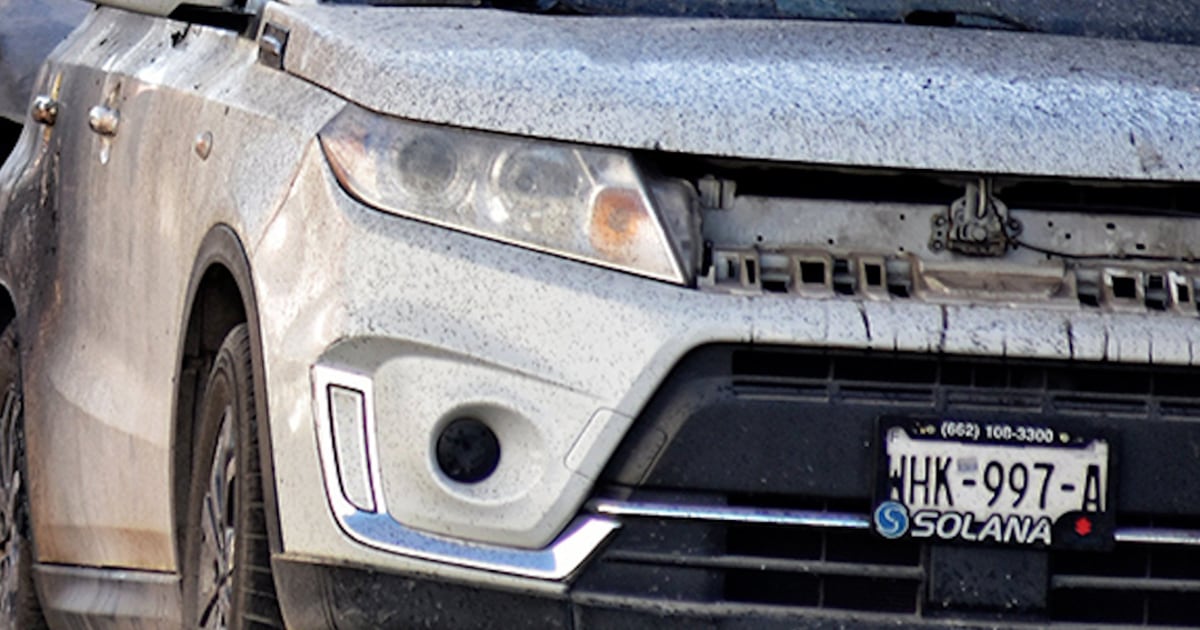As he departed the White House, President Trump was asked who “the next person on your list in this retribution” will be now that former FBI Director James Comey has been indicted. “It’s not a list,” Trump said, “but I think there’ll be others. I mean, they’re corrupt.”
Source link
Trump on indictments after Comey
